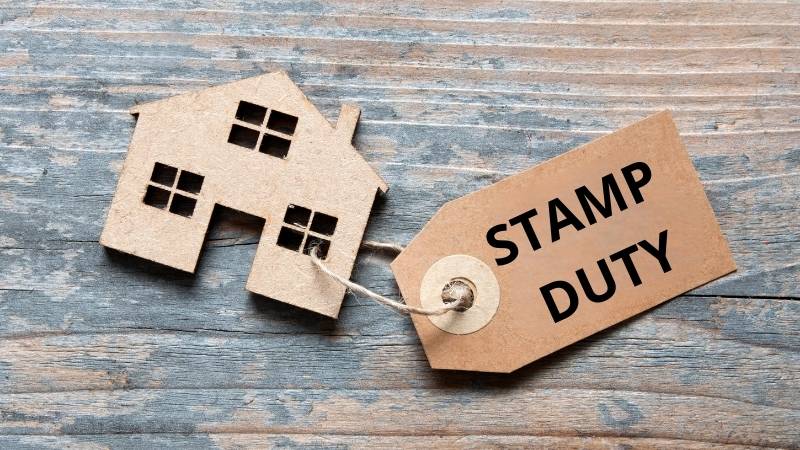Stamp Duty Land Tax (SDLT) rates are changing from 1st April 2025 as the temporary increase to the thresholds introduced in September 2022 ends. In this article, we will explain these changes in more detail and how this could affect your move.
What is Stamp Duty?
Stamp Duty Land Tax (SDLT) is a government tax you might have to pay when buying a property or a piece of land over a certain price.
The amount of SDLT payable depends on several factors, including whether a buyer is replacing a main residence, buying an additional property, purchasing for the first time, is a UK resident etc.
How is Stamp Duty changing?
From 1st April 2025, there will be a number of changes coming into effect:
- The nil rate threshold, which is currently £250,000, will return to the previous level of £125,000 for those who have owned or currently own a property.
- The nil rate threshold for first-time buyers, which is currently £425,000, will return to the previous level of £300,000.
- The maximum purchase price for which First-Time Buyers Relief (a reduced stamp duty rate) can be claimed is currently £625,000 and will return to the previous level of £500,000.
The below table shows the current Stamp Duty rates for main residences in England:
| Proportion of property value | Rate for main residence |
| Up to £250,000 | 0% |
| £250,001 to £925,000 | 5% |
| £925,001 to £1.5 million | 10% |
| Over £1.5 million | 12% |
Source: MyHomeMoveConveyancing
*The figures are based on a standard residential purchase of a freehold property, which is to be a main residence for an UK resident.
From 1st April 2025, the Stamp Duty rates will be:
| Proportion of property value | Rate for main residence |
| Up to £125,000 | 0% |
| £125,001 to £250,000 | 2% |
| £250,001 to £925,000 | 5% |
| £925,001 to £1.5 million | 10% |
| Over £1.5 million | 12% |
Source: MyHomeMoveConveyancing
How will the Stamp Duty changes affect second home purchases?
As of 1st April 2025, there will be an extra band added into the Stamp Duty thresholds for additional property purchases.
The below table shows the current Stamp Duty rates for additional properties in England:
| Proportion of property value | Rate for additional property |
| Up to £250,000 | 5% |
| £250,001 to £925,000 | 10% |
| £925,001 to £1.5 million | 15% |
| Over £1.5 million | 17% |
Source: MyHomeMoveConveyancing
From 1st April 2025, the Stamp Duty rates will be:
| Proportion of property value | Rate for additional property |
| Up to £125,000 | 5% |
| £125,001 to £250,000 | 7% |
| £250,001 to £925,000 | 10% |
| £925,001 to £1.5 million | 15% |
| Over £1.5 million | 17% |
Source: MyHomeMoveConveyancing
How will the Stamp Duty changes affect first-time buyers?
These Stamp Duty changes are likely to have the most impact on first-time buyers as the nil rate threshold is being reduced by £125,000. The maximum purchase price for which first-time buyers’ relief can be claimed is also lowering.
From 1st April 2025, first-time buyers will not pay Stamp Duty on properties up to only £300,000, and they will only get first-time buyers’ relief on properties up to £500,000 (5% on properties £300,000 to £500,000).
Current first-time buyer Stamp Duty rates:
| Proportion of property value | Rate for first-time buyers |
| Up to £425,000 | 0% |
| £425,001 to £625,000 | 5% |
Source: MyHomeMoveConveyancing
First-time buyer Stamp Duty rates from 1st April 2025:
| Proportion of property value | Rate for first-time buyers |
| Up to £300,000 | 0% |
| £300,001 to £500,000 | 5% |
Source: MyHomeMoveConveyancing
For example, if you are a first-time buyer looking to buy a £400,000 house in England, you will start paying SDLT at £300,000. Your total charge would be £5,000.
For more information on the above and/or to request a quote for our conveyancing services, please contact us on info@awdlaw.co.uk or 01329 232 314.
The information contained in this article is correct at the time of publishing (19/12/2024).


Recent Comments